Karl Friedrich Schinkel was a 19th-century German architect and painter.
A disciple of neoclassicism, his work was fundamental to the architectural reawakening of 19th-century Berlin.
Schinkel was born on March 13, 1781 in Neuruppin, in the state of Brandenburg. His father was an archdeacon.
Schinkel was only six when his father died. In 1794, he moved to Berlin where he met architect Friedrich Gilly, who introduced him to neoclassicism and urged him to study architecture. In 1803, Schinkel visited Italy, where he spent most of his time drawing and painting. In 1805 he returned to Berlin. A year later the city was occupied by Napoleon’s troops.
Schinkel had difficulty finding work as an architect, but he continued to paint. He put architecture to good use in his paintings, including full, neo-Gothic structures in his landscapes.
In 1810, after seeing some of his work, Queen Louise of Prussia asked him to restore her palace bedroom in Charlottenburg. It was the first of a series of commissions that led to Schinkel becoming the royal architect.
At the same time, Schinkel also worked as a set designer. He worked on many productions, including Mozart’s opera The Magic Flute.
When French occupation ended, Schinkel was named to head the Prussian Building Commission. His designs reflected contemporary cultural ambition, utilizing the grandeur of neoclassicism to reflect Prussian national pride. His buildings changed the face of central Berlin, as baroque style gave way to neoclassicism’s great forms.
In the New Guard House, a Doric portico opens into a rectangular inner structure, mixing monumentality and austerity.
Schinkel placed a raised Ionic portico and statue of Apollo in the Schauspielhaus, a concert hall that overlooks the city’s central square. It was only one of many references to ancient Greek mythology.
The Old Museum was placed on a base to make it look more level. Schinkel used Ionic columns to give the building a classical look.
Schinkel’s final works were part of eclecticism, a movement that called for reworking older styles in a more modern manner.
An excellent example of Schinkel’s eclecticism is the Architectural Academy, a square and sober brick building that boasts ornately large Gothic windows and touches of classical ornamentation.
Schinkel died in Berlin on October 9, 1841. He was 60. His work had a profound impact on modern art and 20th-century rationalist architecture.
A disciple of neoclassicism, his work was fundamental to the architectural reawakening of 19th-century Berlin.
Schinkel was born on March 13, 1781 in Neuruppin, in the state of Brandenburg. His father was an archdeacon.
Schinkel was only six when his father died. In 1794, he moved to Berlin where he met architect Friedrich Gilly, who introduced him to neoclassicism and urged him to study architecture. In 1803, Schinkel visited Italy, where he spent most of his time drawing and painting. In 1805 he returned to Berlin. A year later the city was occupied by Napoleon’s troops.
Schinkel had difficulty finding work as an architect, but he continued to paint. He put architecture to good use in his paintings, including full, neo-Gothic structures in his landscapes.
In 1810, after seeing some of his work, Queen Louise of Prussia asked him to restore her palace bedroom in Charlottenburg. It was the first of a series of commissions that led to Schinkel becoming the royal architect.
At the same time, Schinkel also worked as a set designer. He worked on many productions, including Mozart’s opera The Magic Flute.
When French occupation ended, Schinkel was named to head the Prussian Building Commission. His designs reflected contemporary cultural ambition, utilizing the grandeur of neoclassicism to reflect Prussian national pride. His buildings changed the face of central Berlin, as baroque style gave way to neoclassicism’s great forms.
In the New Guard House, a Doric portico opens into a rectangular inner structure, mixing monumentality and austerity.
Schinkel placed a raised Ionic portico and statue of Apollo in the Schauspielhaus, a concert hall that overlooks the city’s central square. It was only one of many references to ancient Greek mythology.
The Old Museum was placed on a base to make it look more level. Schinkel used Ionic columns to give the building a classical look.
Schinkel’s final works were part of eclecticism, a movement that called for reworking older styles in a more modern manner.
An excellent example of Schinkel’s eclecticism is the Architectural Academy, a square and sober brick building that boasts ornately large Gothic windows and touches of classical ornamentation.
Schinkel died in Berlin on October 9, 1841. He was 60. His work had a profound impact on modern art and 20th-century rationalist architecture.
RELATED
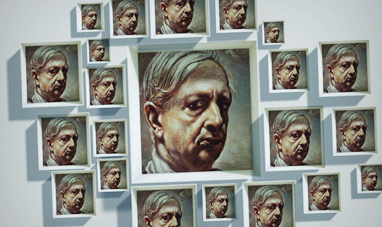

GIORGIO DE CHIRICO
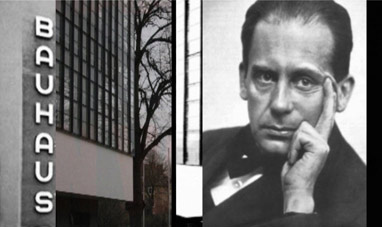

WALTER GROPIUS
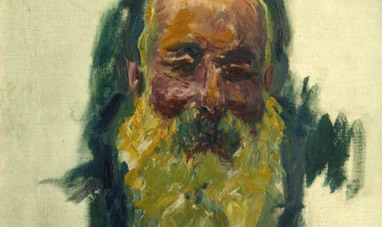

CLAUDE MONET
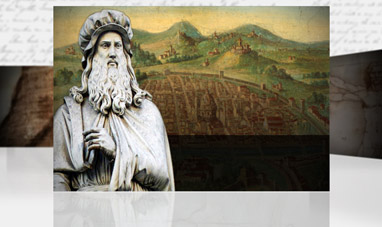

LEONARDO DA VINCI


CHARLES BUKOWSKI
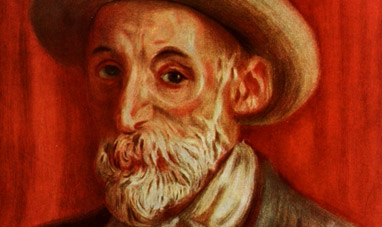

PIERRE AUGUSTE RENOIR
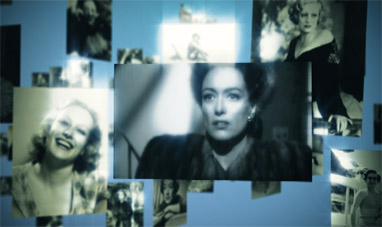

JOAN CRAWFORD
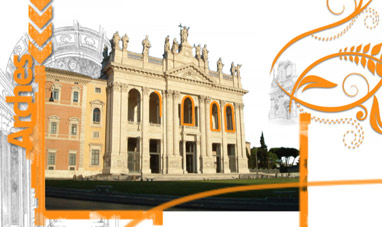

FRANCESCO BORROMINI
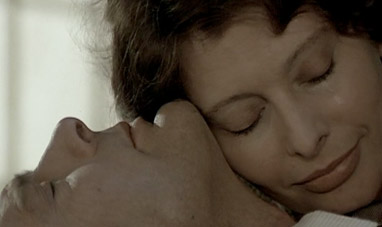

SOPHIA LOREN
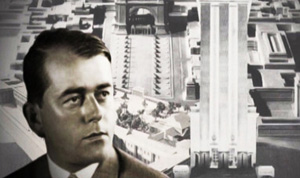

ALBERT SPEER
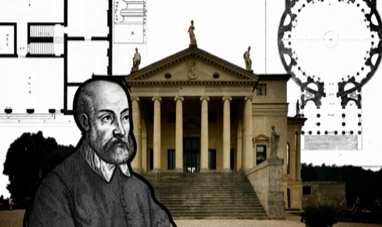

ANDREA PALLADIO
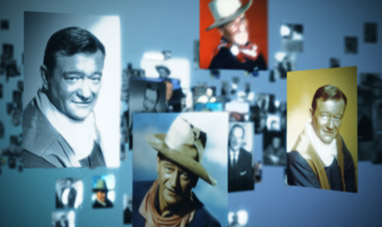

JOHN WAYNE
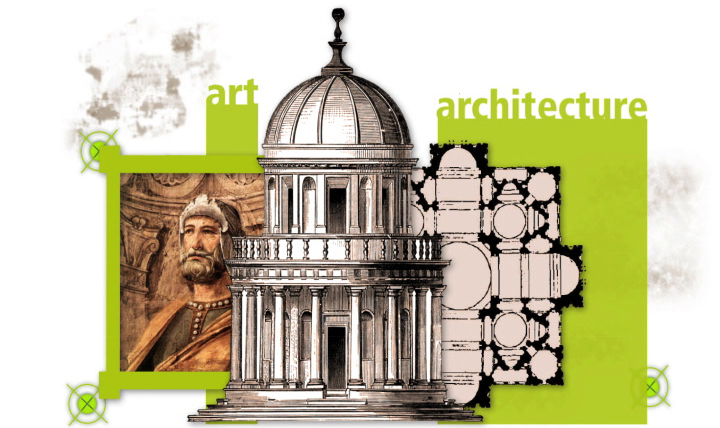

DONATO BRAMANTE


GIAN MARIA VOLONTÉ
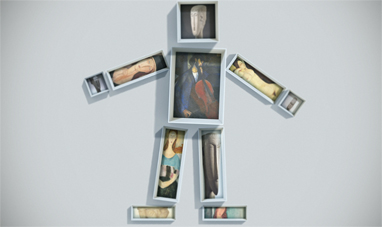

AMEDEO MODIGLIANI
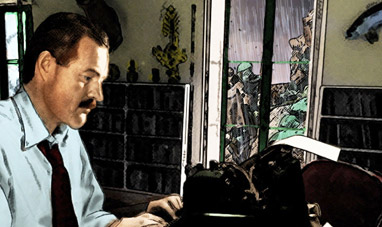

ERNEST HEMINGWAY


FRANCIS SCOTT FITZGERALD
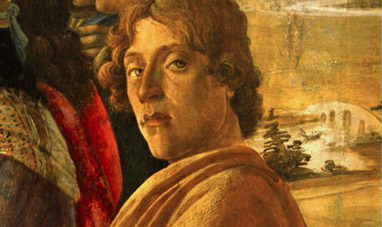

SANDRO BOTTICELLI
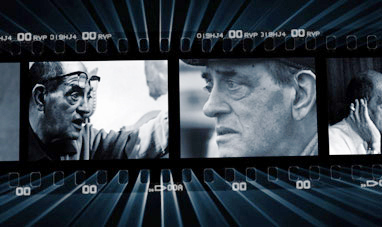

LUIS BUÑUEL
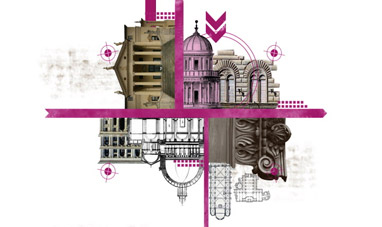

LEON BATTISTA ALBERTI
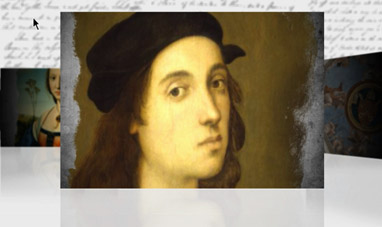

RAPHAEL


BRUCE CHATWIN


MERCE CUNNINGHAM
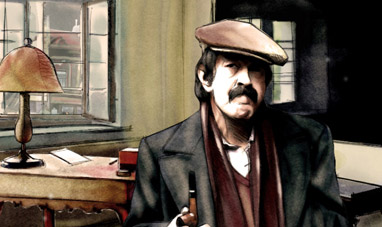

GÜNTER GRASS
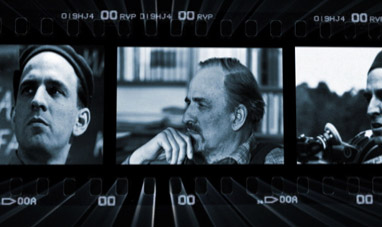

INGMAR BERGMAN


RENZO PIANO


JOHANN SEBASTIAN BACH
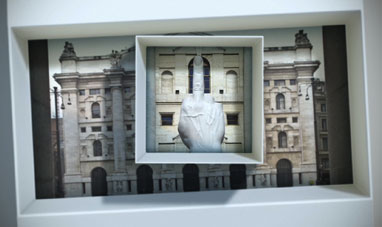

MAURIZIO CATTELAN


EURIPIDES
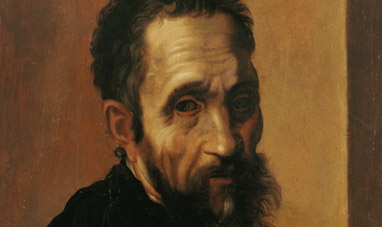

MICHELANGELO BUONARROTI
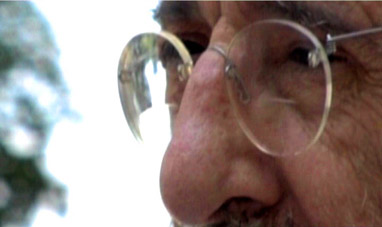

ÁLVARO SIZA VIEIRA
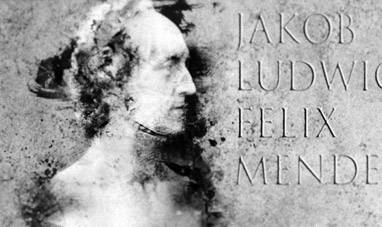

FELIX MENDELSSOHN
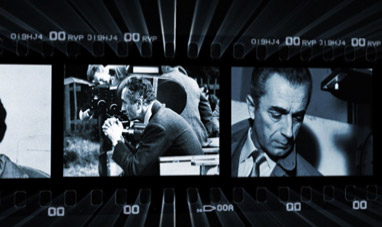

MICHELANGELO ANTONIONI
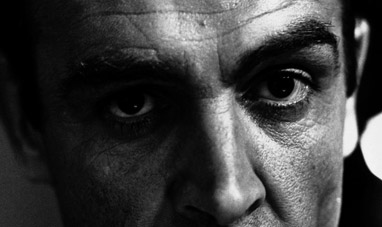

SEAN CONNERY


PAUL CÉZANNE


EUGÈNE VIOLET-LE-DUC
